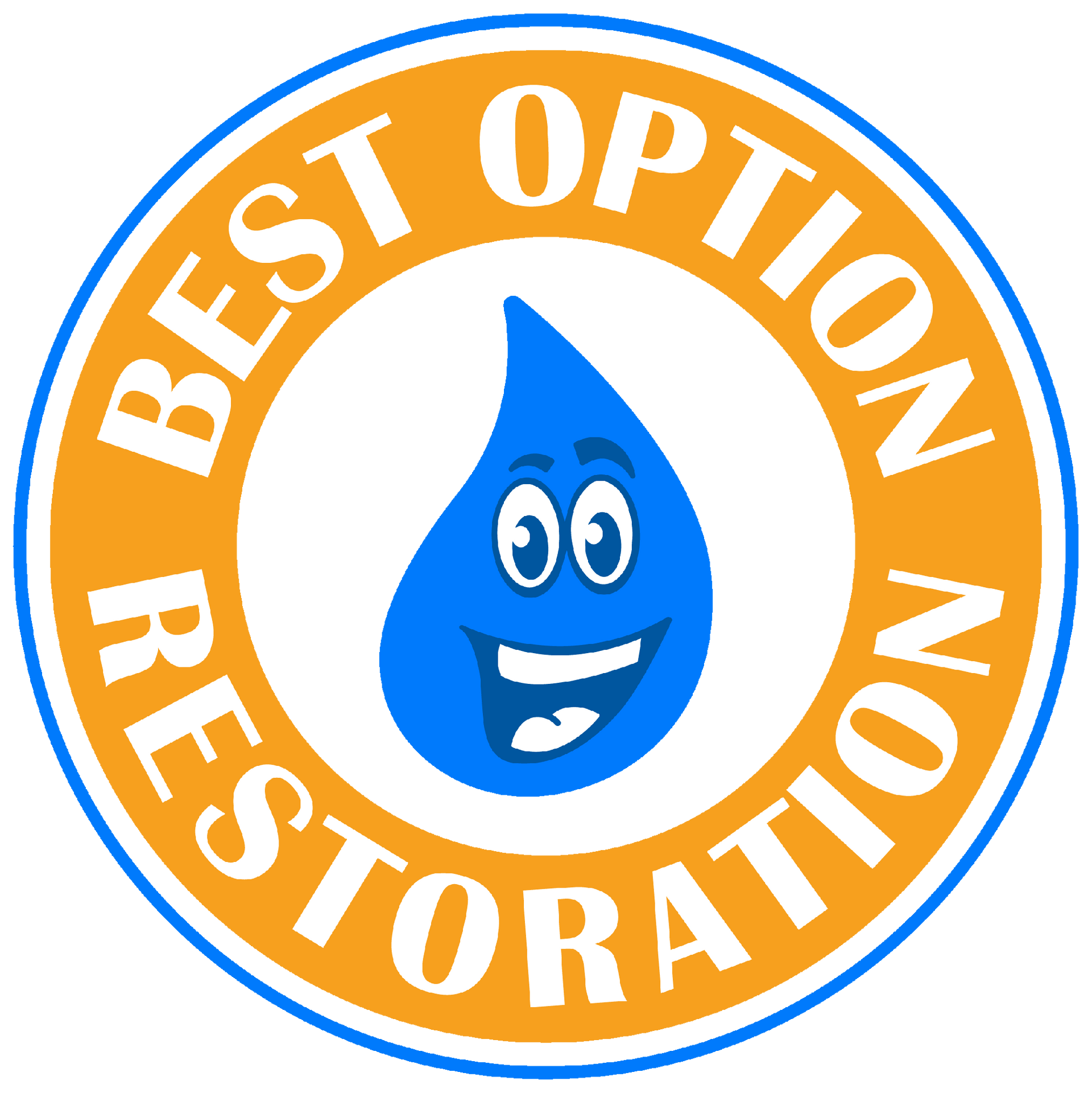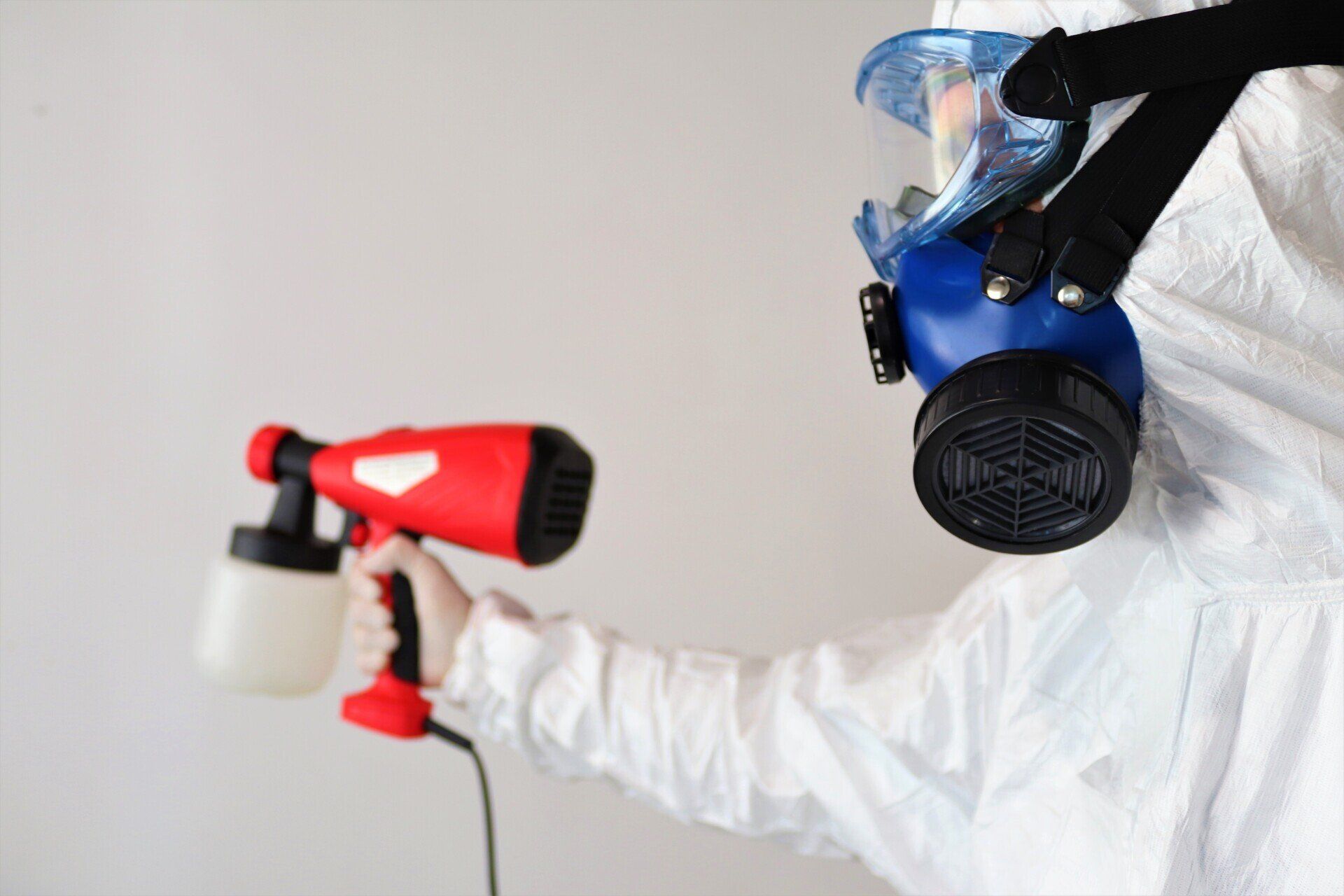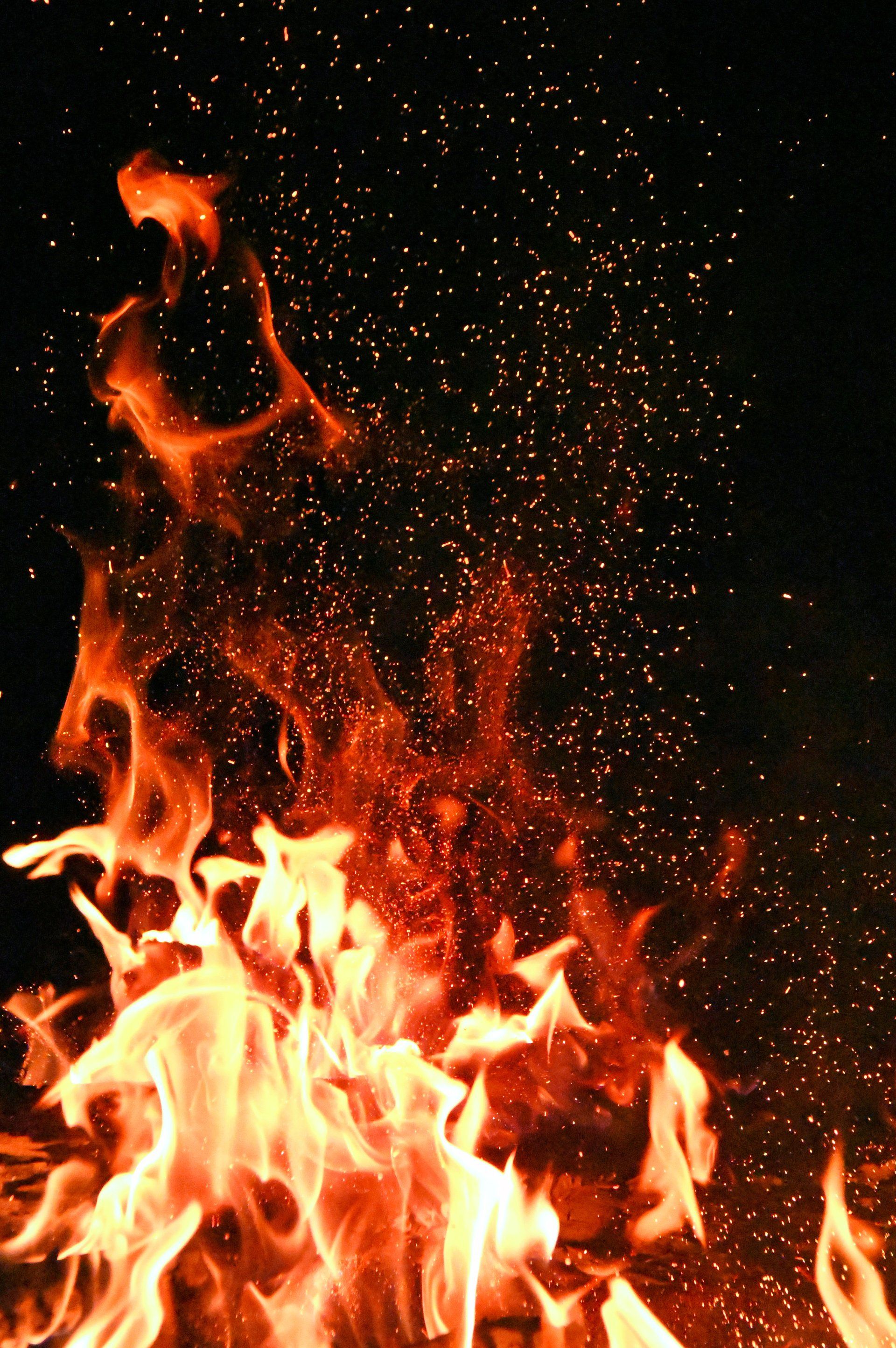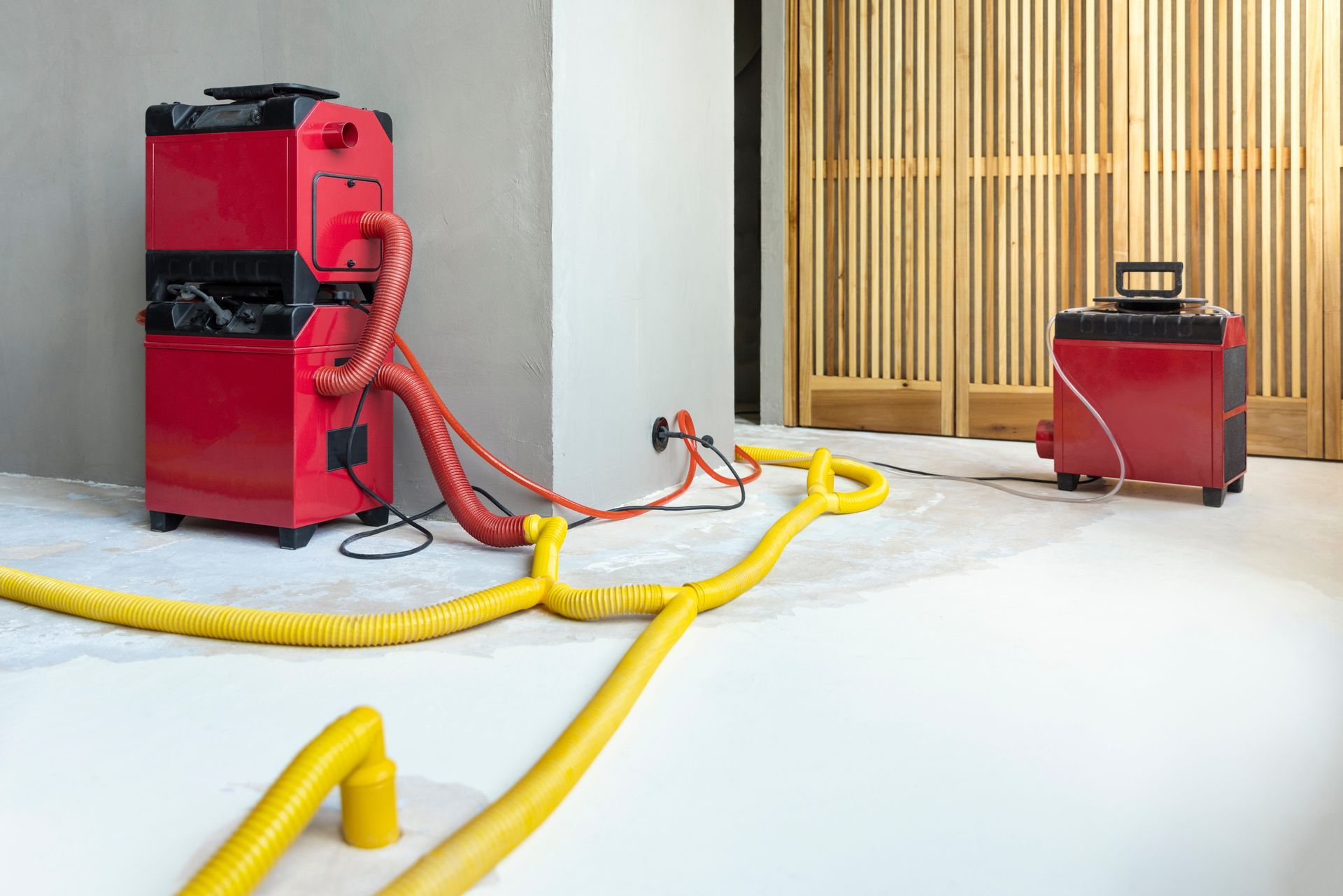Serving Phoenix, Mesa, & Surrounding Areas
Call 24/7 for Emergencies
Serving Phoenix, Mesa, & Surrounding Areas
Call 24/7 for Emergencies
Understanding the Water Damage Restoration Process
The Ins and Outs of the Water Damage Restoration Process: A Comprehensive Guide
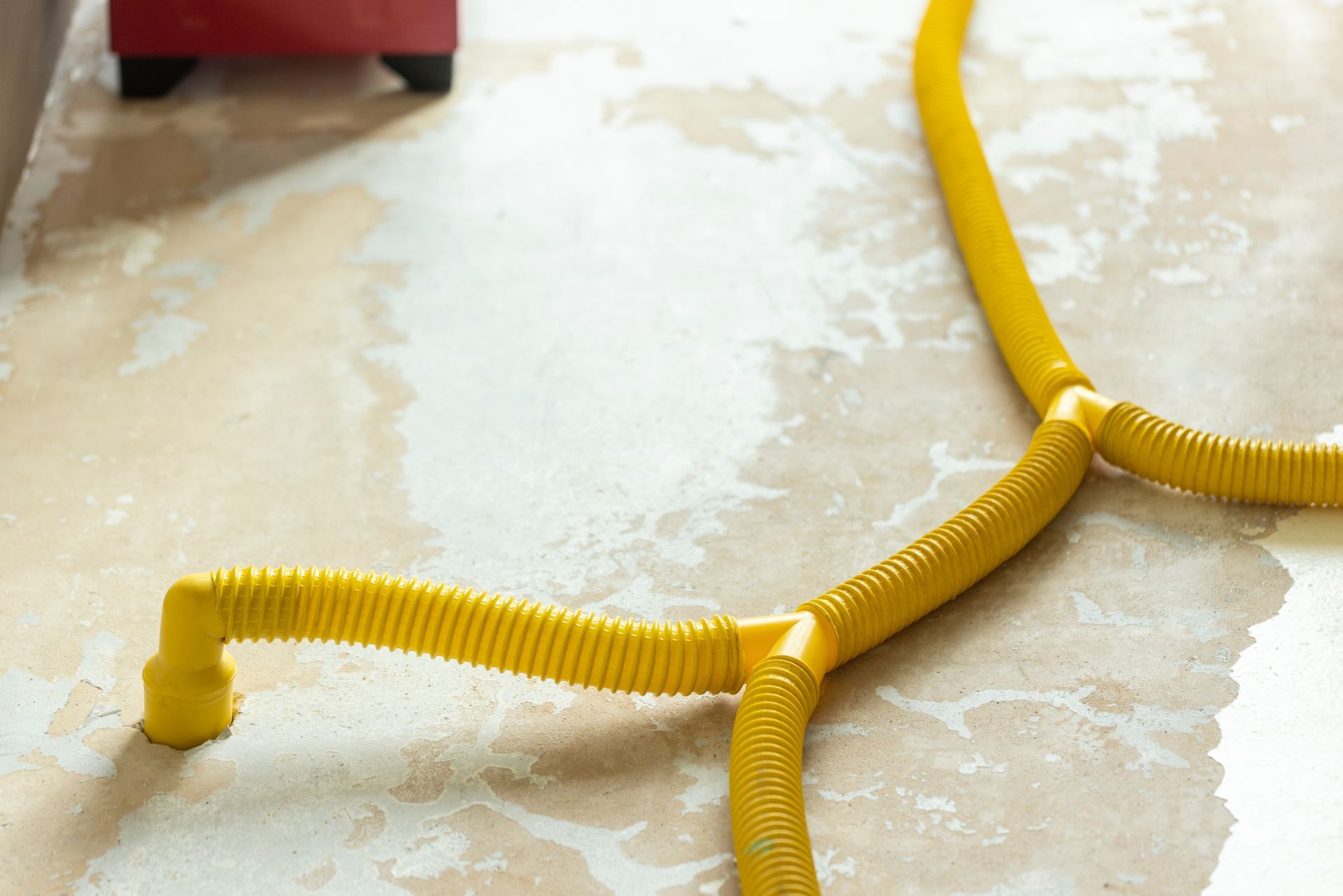
Water damage, an unfortunate byproduct of incidents like floods, leaks, and burst pipes, can wreak havoc in your home, compromising its structural integrity and posing serious health risks. If left untreated, it can lead to severe consequences, highlighting the importance of swift action. This guide provides an overview of the water damage restoration process, a critical solution for salvaging homes and restoring safety. We'll delve into crucial stages such as standing water extraction, flood damage restoration, water damage cleanup, and mitigation strategies. Furthermore, we'll shed light on the intricate water damage remediation process.
Assessment and Inspection
The initial assessment and inspection in the water damage restoration process are imperative to identifying the extent of the damage and potential sources of water. These crucial steps allow professionals to map out an effective flood damage restoration strategy tailored to your specific situation.
Professionals utilize a range of advanced tools to determine the extent of the damage:
- Moisture meters are used to detect the moisture content in various materials throughout the home. This can uncover hidden water damage that may not be visible to the naked eye.
- Thermal imaging cameras reveal temperature differences within a property, which can indicate areas of moisture build-up.
Examples of the types of damage that may be discovered during the assessment include:
- Structural damage: Water can weaken building materials, leading to potential structural instability. Early detection can help prevent catastrophic failures.
- Mold growth: Mold thrives in damp environments and poses a serious health risk. An early assessment can identify these risks, allowing for prompt remediation.
The assessment findings help professionals determine the best course of action for restoration. For instance, standing water may necessitate immediate water extraction, while pervasive dampness may require a more intensive water damage cleanup. Furthermore, identifying the source of the water damage assists in implementing effective water damage mitigation strategies to prevent future incidents. Ultimately, the comprehensive assessment and inspection set the stage for a successful water damage remediation process, restoring your home to its pre-loss condition.
Water Extraction
The second integral phase in the water damage restoration process is water extraction. This step involves the removal of the majority of water from your home, which is crucial to prevent further damage and mold growth. Immediate and efficient water extraction reduces drying time and also lessens the likelihood of possible secondary water damage.
Professionals employ industrial-grade pumps and specialized vacuums to extract large amounts of standing water. This equipment is designed to remove water efficiently and quickly, thereby mitigating the risk of structural damage and mold growth.
While professional help is essential in this process, there are a few measures homeowners can take to assist with water extraction and minimize the impact of water damage:
- Turn off electricity: Ensure the main power supply is turned off to prevent any electrical hazards.
- Avoid contact with water: Standing water may be contaminated, posing health risks. Avoid contact if possible.
- Document the damage: For insurance purposes, take photos and/or videos of the affected areas before the cleanup begins.
However, given the complexity of the water extraction process and the potential risks involved, it's strongly advised to leave the bulk of the work in flood damage restoration to the professionals. Prompt, professional water extraction will pave the way for the next steps in the water damage cleanup and remediation process, bringing your home one step closer to its original state.
Drying
After water extraction, the vital next step in the water damage restoration process is drying. This prevents residual moisture from causing further damage to building materials and deters mold growth, a common aftermath of water damage.
Professional restoration teams utilize industry-grade drying equipment, including air movers and
dehumidifiers, to expedite the drying process. Air movers increase air circulation, promoting fast and efficient evaporation of moisture from surfaces and materials. On the other hand, dehumidifiers control the indoor climate, removing excess moisture from the air to create conditions unsuitable for mold growth.
While heavy-duty drying requires professional expertise, homeowners can take some steps to complement the drying process:
- Open windows and doors: This boosts natural ventilation, helping to speed up the drying of damp areas.
- Use household fans: If it is safe to do so, use household fans to increase air circulation.
- Remove wet items: Remove any wet items like rugs or furniture to prevent them from soaking up more water and to speed up their drying.
However, remember that professional intervention is essential because many damp areas may not be immediately visible. Ignored or overlooked, these can lead to structural damage and health hazards. Therefore, the comprehensive approach of professionals in the water damage remediation process, with their precise equipment and technical knowledge, is the best route to a fully restored, safe, and dry home.
Cleaning and Sanitizing
Cleaning and sanitizing play a crucial role in the water damage restoration process. Their importance cannot be overstated in preventing the proliferation of harmful microorganisms like molds that thrive in moist environments and can pose considerable health risks.
Professionals use various cleaning agents and techniques to thoroughly clean and sanitize the affected areas. These include:
- Antimicrobial agents: These are designed to eliminate or inhibit the growth of harmful microorganisms.
- Detergents: These are used to break down dirt, debris, and other contaminants.
- Disinfectants: These are capable of destroying pathogenic or other harmful microorganisms.
- Deodorizers: These are used to combat unpleasant odors that often accompany water damage.
Specialized tools, such as power washers, may be utilized to remove stubborn debris. Subsequently, restorers will thoroughly sanitize the area to ensure all microorganisms are eradicated.
Preventing cross-contamination is critical to protecting the health and safety of occupants. Professionals take meticulous steps to ensure this:
- Isolation: Affected areas are cordoned off using physical barriers to prevent the spread of contaminants.
- Use of Personal Protective Equipment (PPE): Professionals wear PPE to safeguard themselves and prevent cross-contamination.
- Proper disposal: Contaminated materials are carefully disposed of according to regulatory guidelines.
The cleaning and sanitizing stage is a crucial part of the water damage remediation process. It not only restores the cleanliness of your home but also ensures it is free from health risks related to water damage. By entrusting the task to professionals, you can be confident in a thorough and safe restoration.
Restoration and Repairs
The final, yet equally significant, step in the water damage remediation process is restoration and repairs. This phase involves repairing and restoring the affected areas to their original condition. It may include replacing damaged materials such as drywall, insulation, and flooring, painting or refinishing surfaces, installing new carpet, or even reconstructing entire sections of your house.
The expertise and skills of professional restoration companies prove invaluable during this stage, as they ensure all repairs and restorations are done correctly and safely. They work closely with homeowners, helping them choose appropriate materials and finishes that not only restore the pre-damage aesthetics but also enhance the home's resilience against future water damage.
Choosing the right restoration company is crucial for effective and efficient water damage cleanup. Here are some key factors to consider:
- Experience and Certification: Look for a company with extensive experience in water damage mitigation and restoration. Ensure they are certified by reputable bodies such as the Institute of Inspection Cleaning and Restoration Certification (IICRC).
- 24/7 Availability: Water damage can occur at any time. Choose a company that offers 24/7 emergency services to tackle immediate water extraction and mitigate further damage.
- Comprehensive Services: A good restoration company should provide a full range of services, including water extraction, drying, cleaning, sanitizing, and structural repairs. They should also assist with insurance claims.
- Advanced Equipment and Techniques: The company should use state-of-the-art equipment and proven techniques to ensure efficient and effective flood damage restoration.
- Local References: Check for customer reviews and testimonials. A company with a strong local reputation is likely to provide reliable service.
- Professional Approach: The restoration team should be professional, respectful, and willing to explain the flood damage restoration process to you in detail.
- Warranty: A trustworthy company will stand by their work and offer a warranty on the services provided.
Remember, timely action is crucial when dealing with water damage. The right restoration company can make the water damage remediation process seamless and stress-free, helping you restore your home to its original condition as quickly and safely as possible.
By entrusting the restoration and repair phase to a reputable, reliable flood damage restoration company, you can rest assured that your home will be restored expertly, efficiently, and safely to its pre-damage state, giving you peace of mind in the aftermath of water damage.
Communication and Documentation
Just as important as other stages of the process, communication and documentation form an integral part of the water damage restoration and flood damage restoration process. This stage ensures transparency and keeps homeowners informed and involved in the process, thereby providing them with peace of mind during an otherwise stressful time.
Open and regular communication with the restoration team can significantly enhance the efficiency and outcome of the restoration process. This can include:
- Regular Updates: Professionals provide homeowners with regular updates, keeping them informed about the progress and any significant developments.
- Involvement in Decisions: Homeowners are kept involved in decision-making, particularly when it pertains to the selection of materials and finishes for the restoration.
- Addressing Concerns: Restoration professionals should be readily available to address any concerns or queries homeowners may have, ensuring their comfort and satisfaction through the process.
On the other hand, proper documentation is crucial for several reasons:
- Insurance Claims: Comprehensive documentation helps streamline insurance claims, providing necessary evidence of the extent of the damage and the remediation steps taken.
- Detailed Reports: Restoration professionals provide detailed reports outlining the damage, the remediation process undertaken, and the materials used in the restoration. These reports serve as a helpful reference for homeowners.
- Photographic Evidence: In addition to written reports, professionals also provide photographs before, during, and after the restoration process. This visual documentation not only evidences the extent of the damage but also the effectiveness of the restoration efforts.
Thorough communication and documentation thus ensure a transparent, efficient, and satisfactory water damage cleanup, water extraction, water damage mitigation, and water damage remediation process.
Water Damage Restoration With Best Option Restoration
At Best Option Restoration, we are committed to providing superior water and flood damage restoration services. Our experienced team utilizes cutting-edge technology and proven strategies to ensure an efficient and thorough water extraction, damage cleanup, and mitigation process. We understand the stress that water damage can cause, and we are here to promptly restore your property and peace of mind. Trust us to turn your water damage nightmares into a restoration dream. Ready for an immediate and expert response to your water damage crisis? Contact us today to start the process of getting your home back to normal.
Best Option Restoration
Best Option Restoration
Best Option Restoration of Mesa Chandler Gilbert is part of the Best Option Restoration Network, a trusted national leader in the disaster restoration industry. Best Option Restoration currently has open opportunities nationwide. If you would like more information on becoming a franchise owner with us, request your free Franchise Discovery Kit now.
IICRC Certified
Our Services
Our Contact Info
Best Option Restoration
All Rights Reserved | Best Option Restoration
